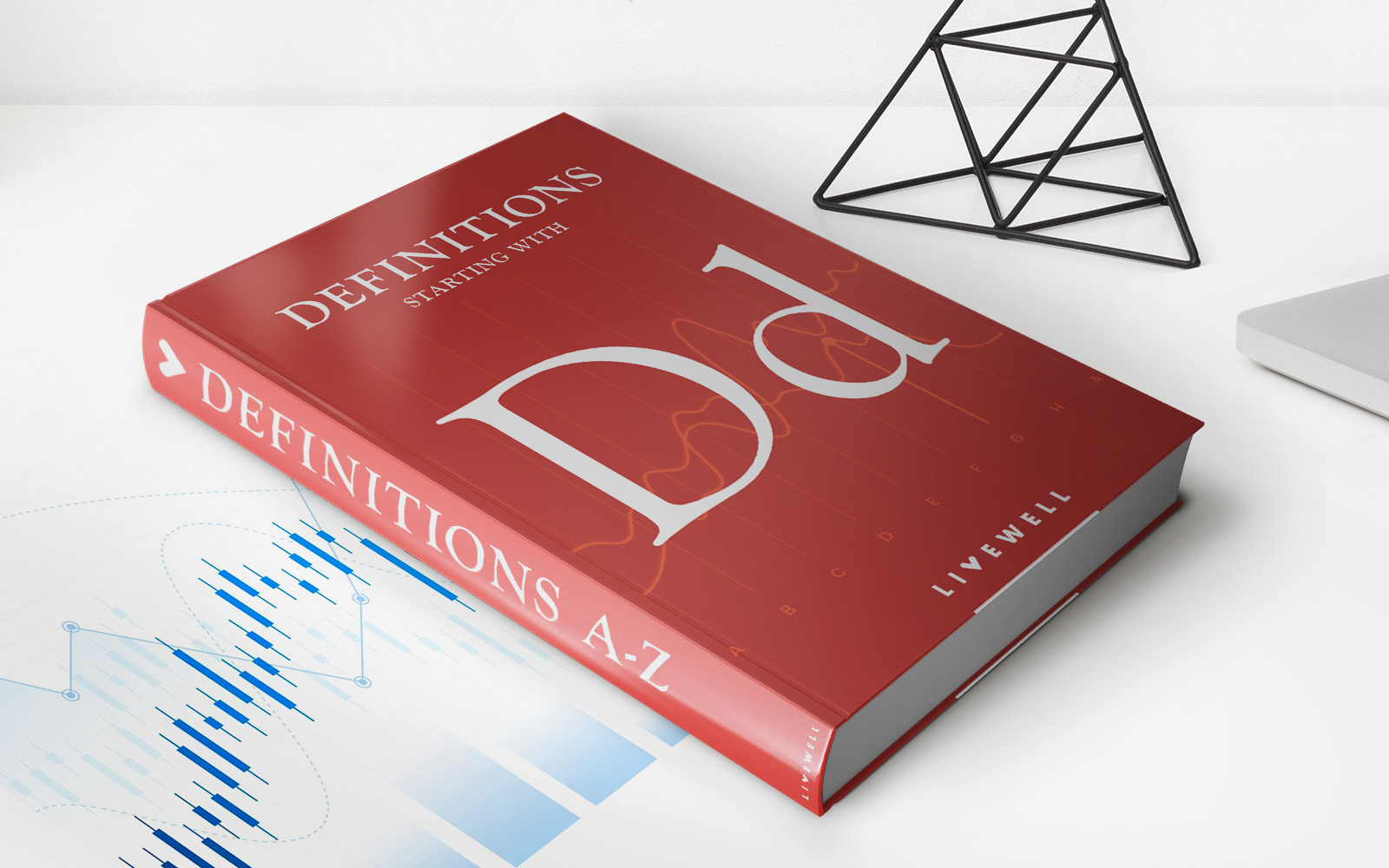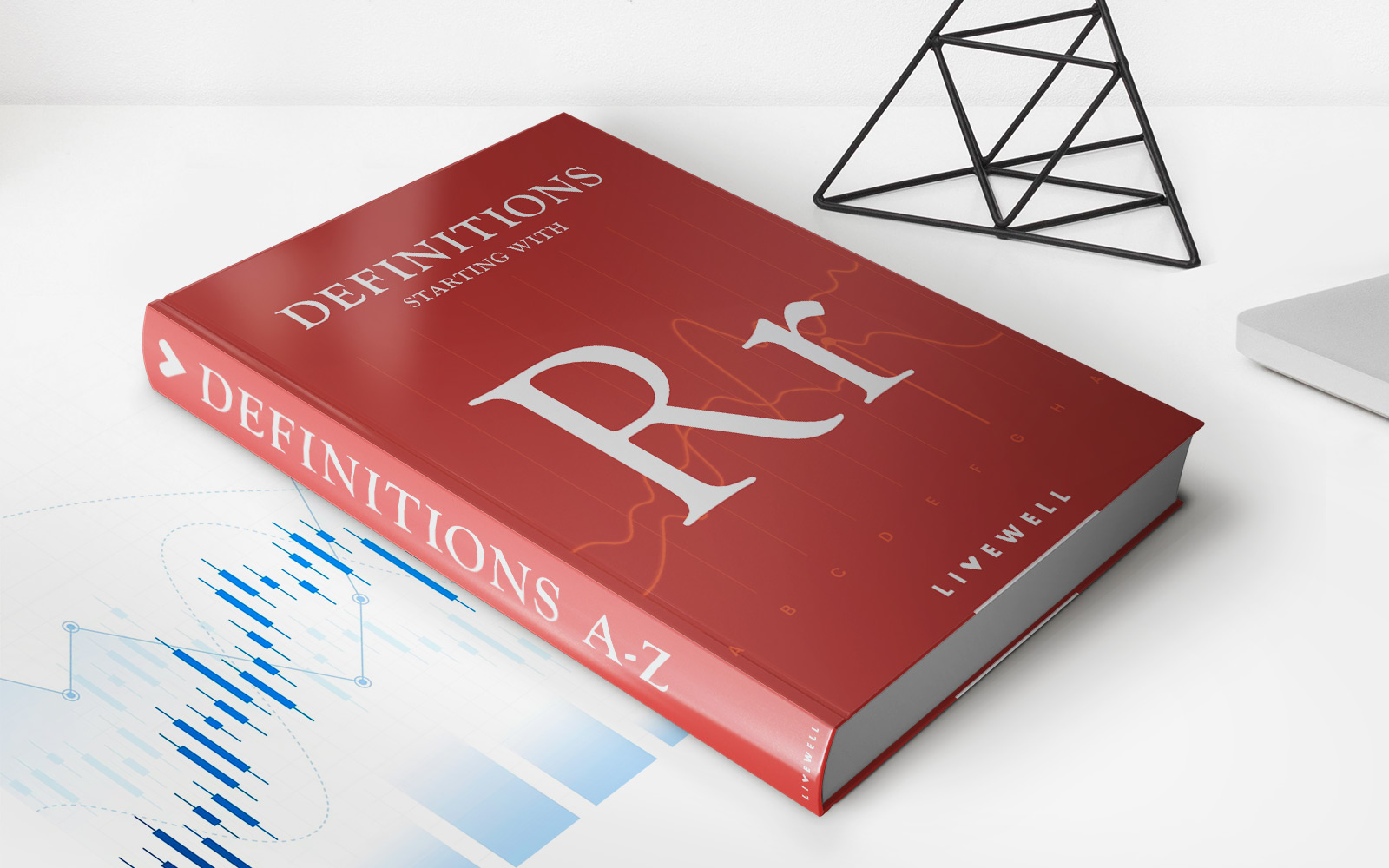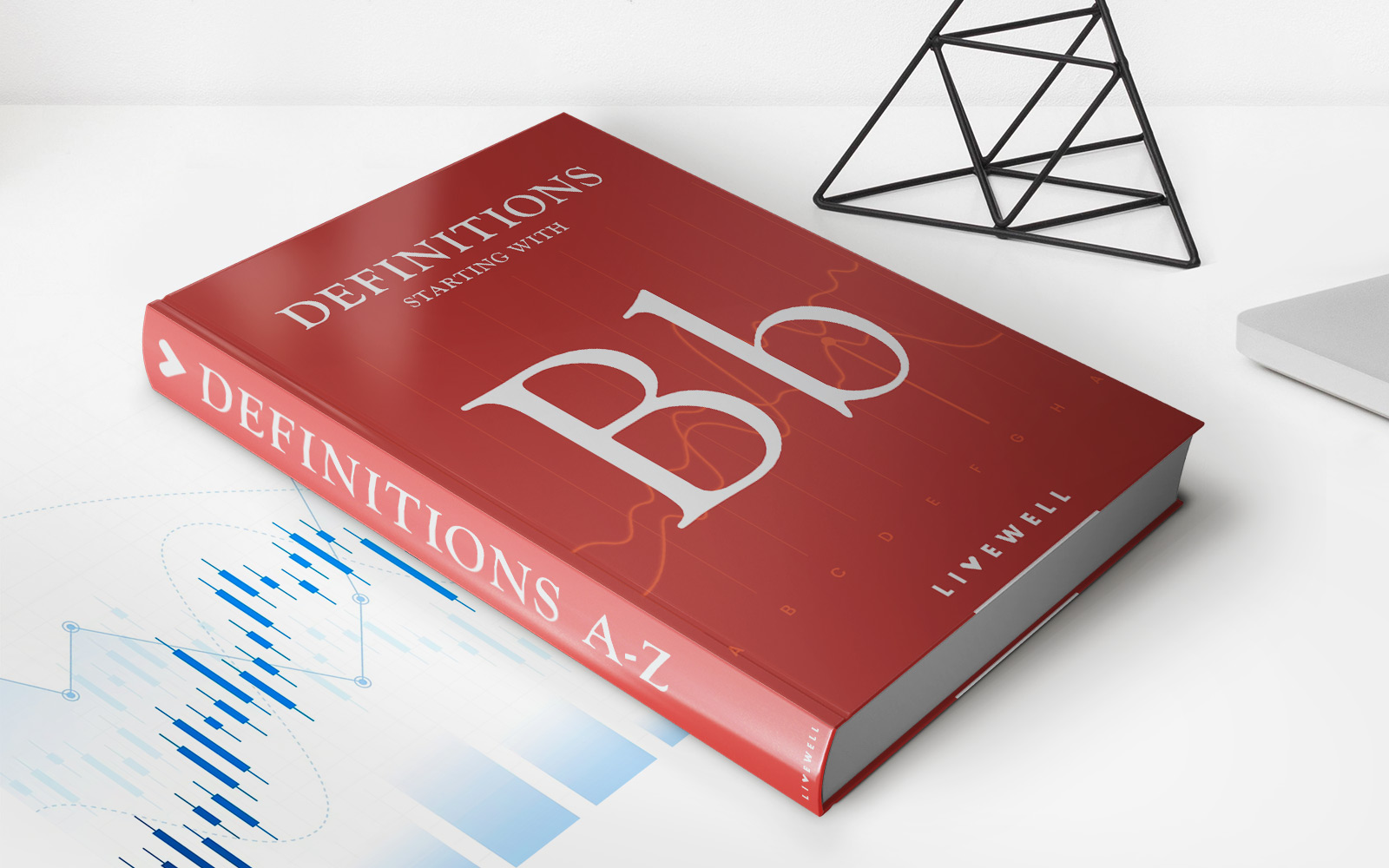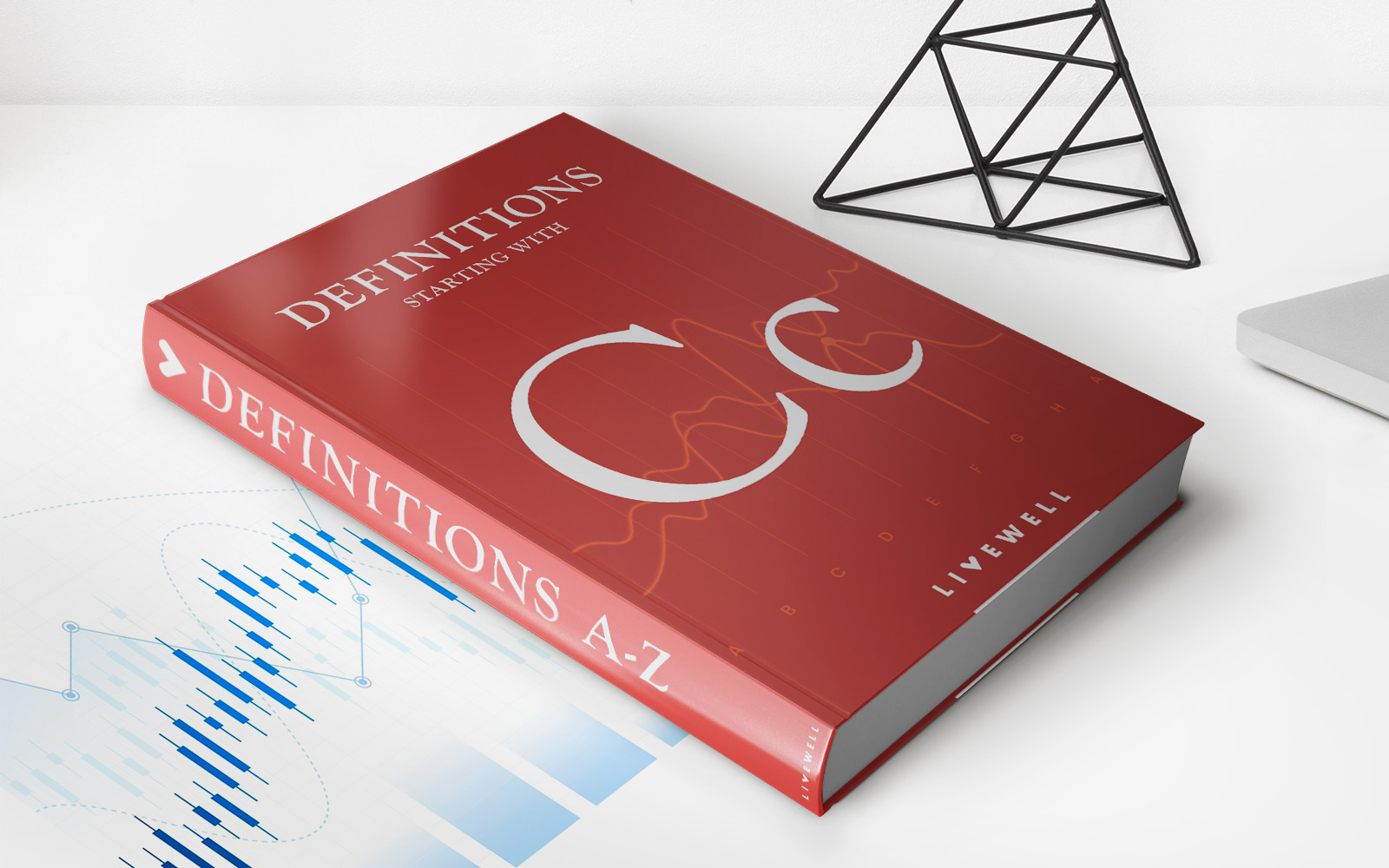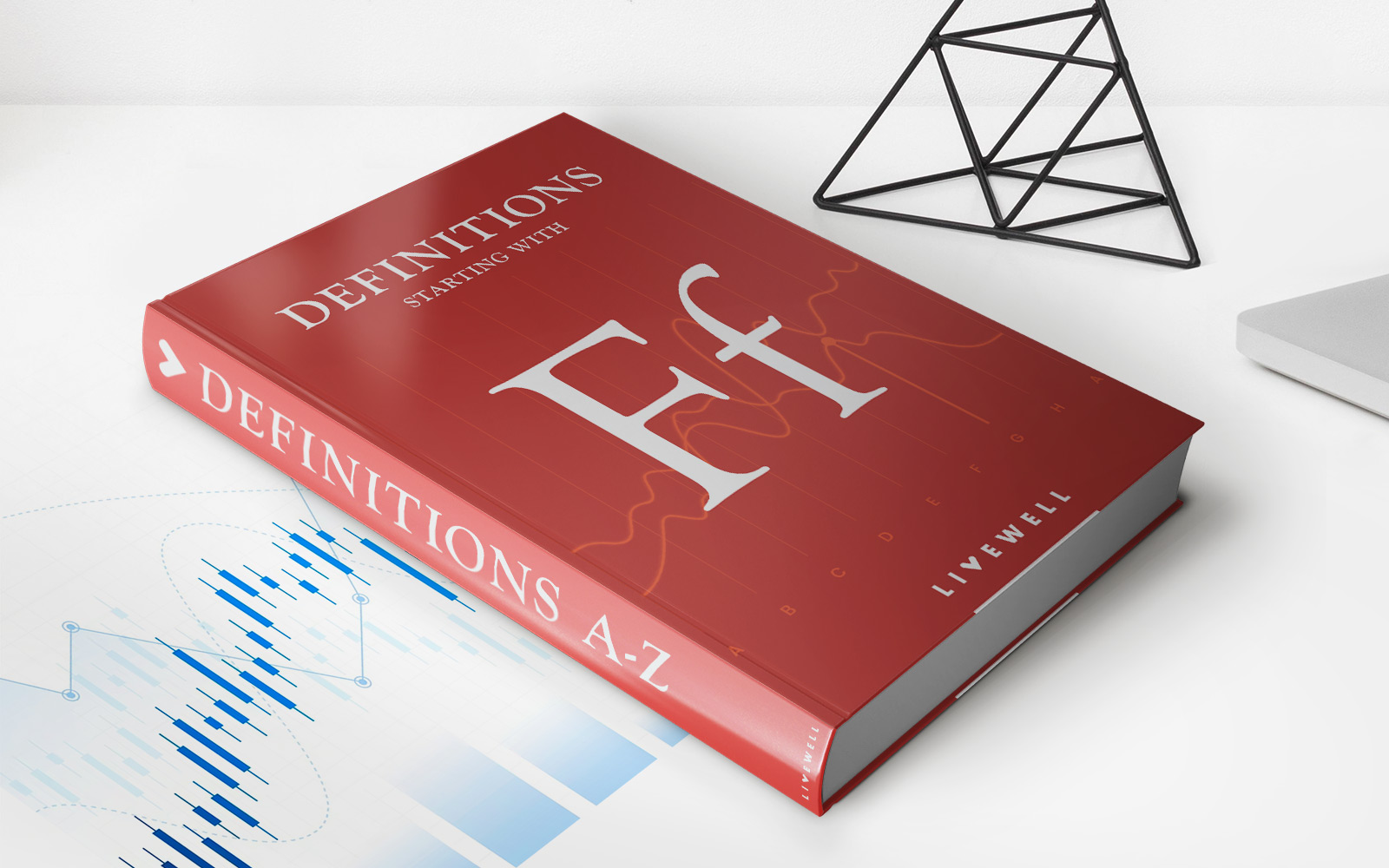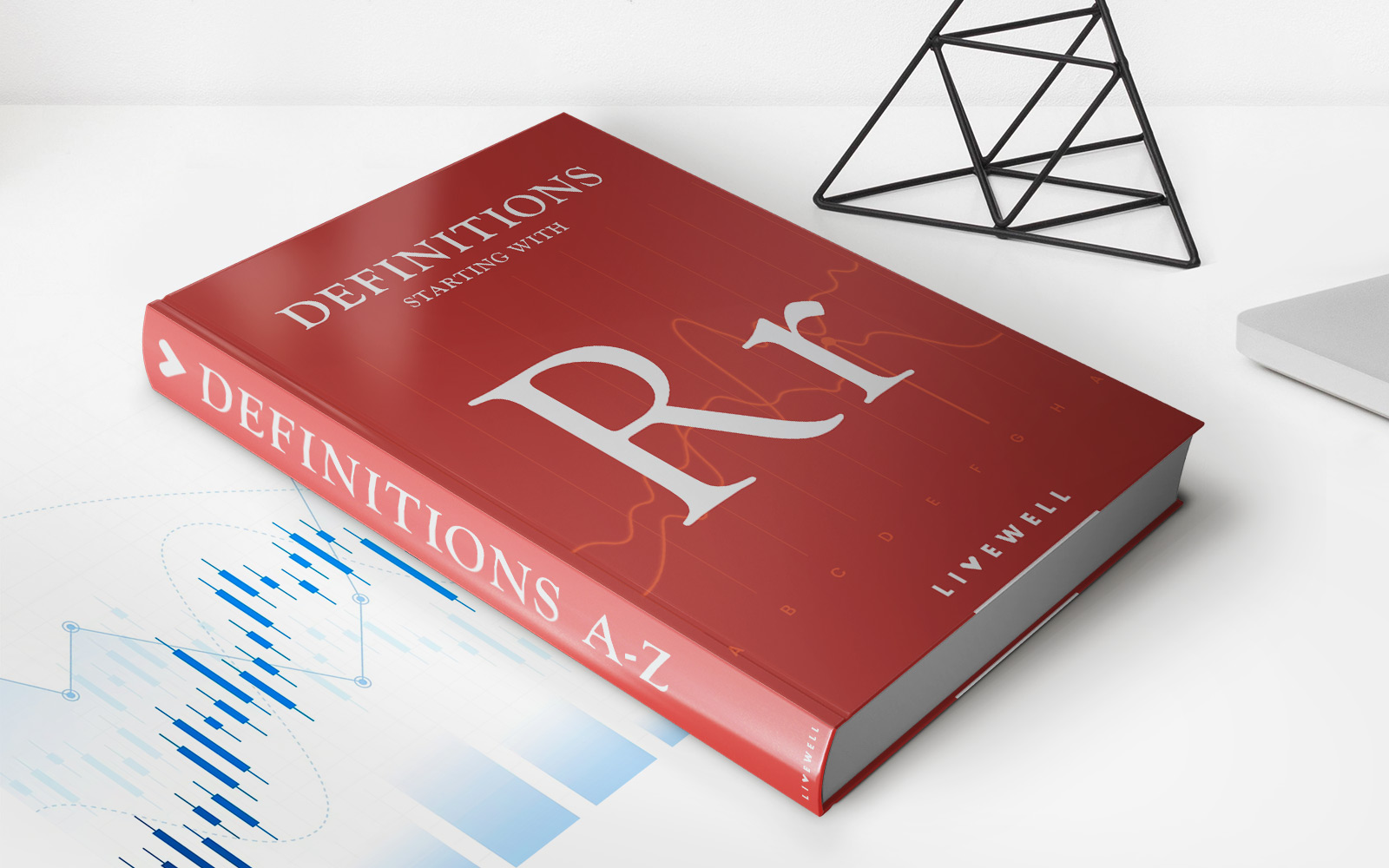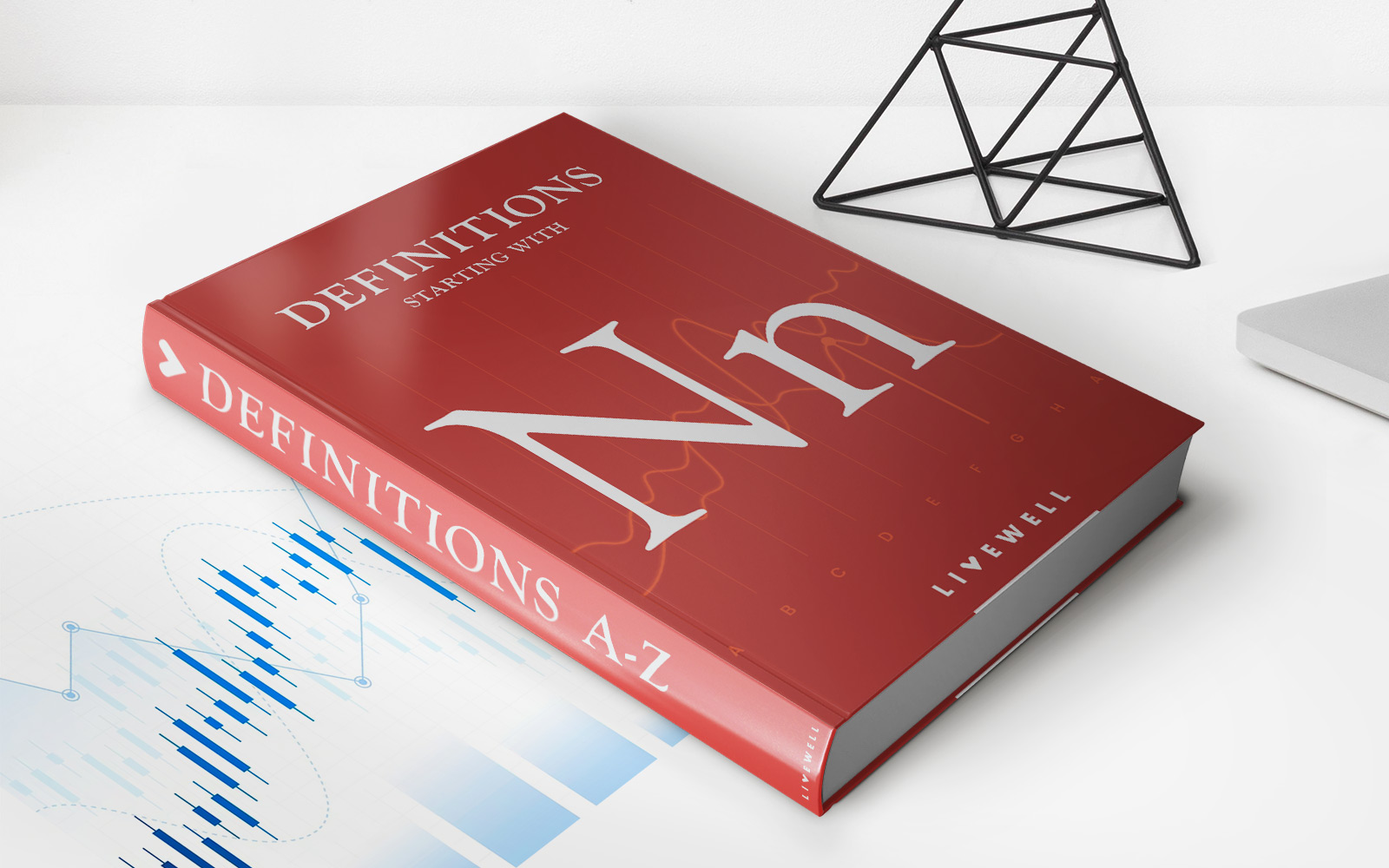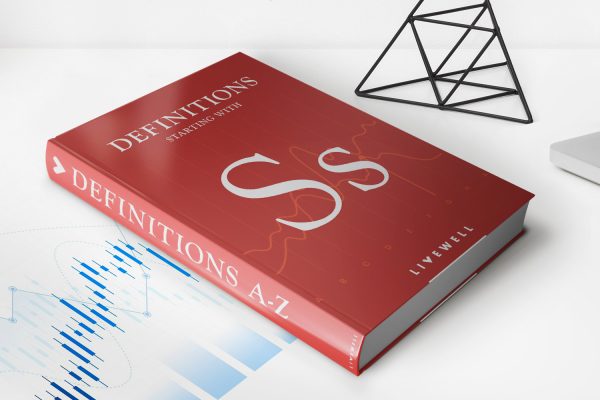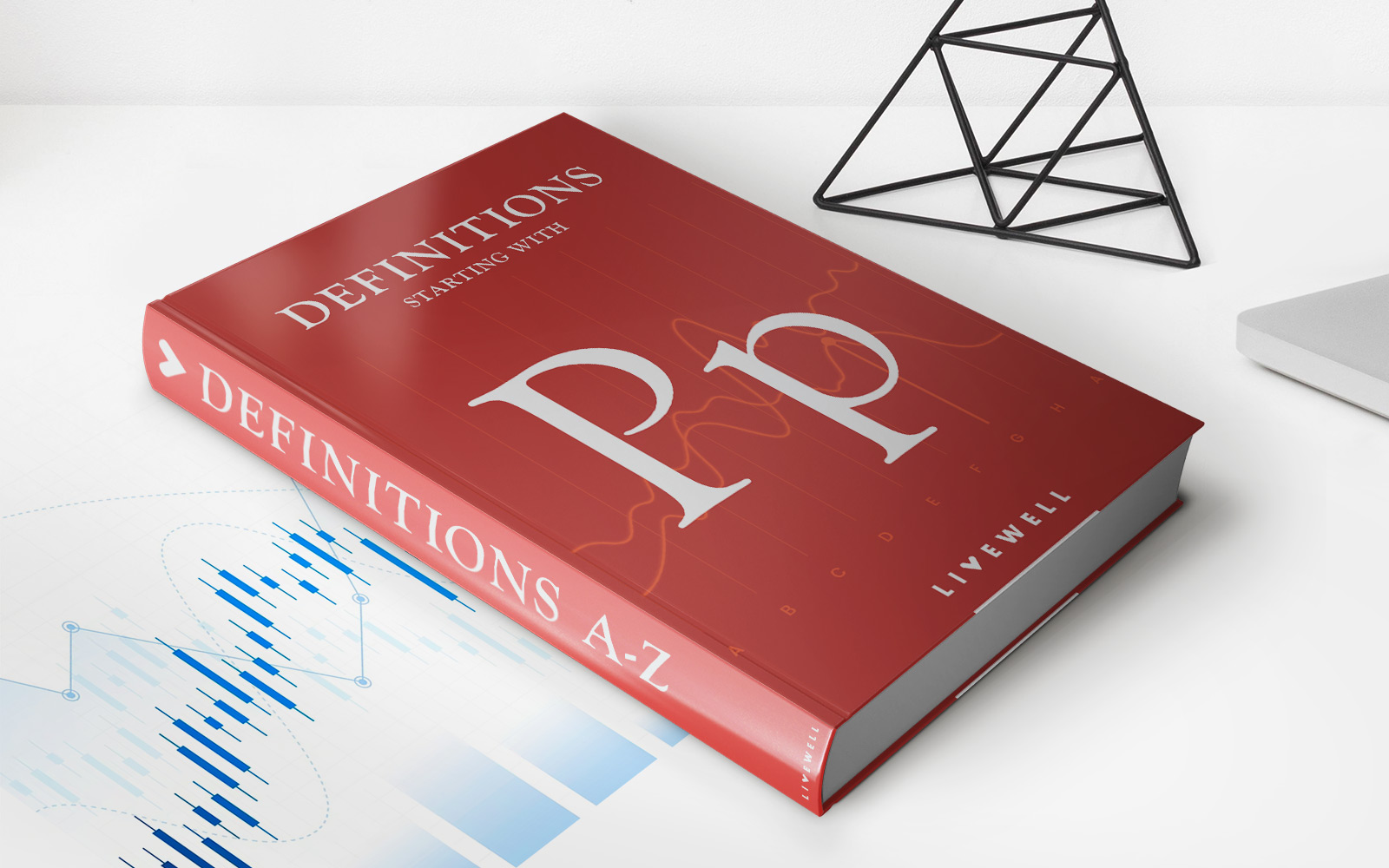Home>Finance>Constant Default Rate (CDR): Definition, How They Work, And Risks
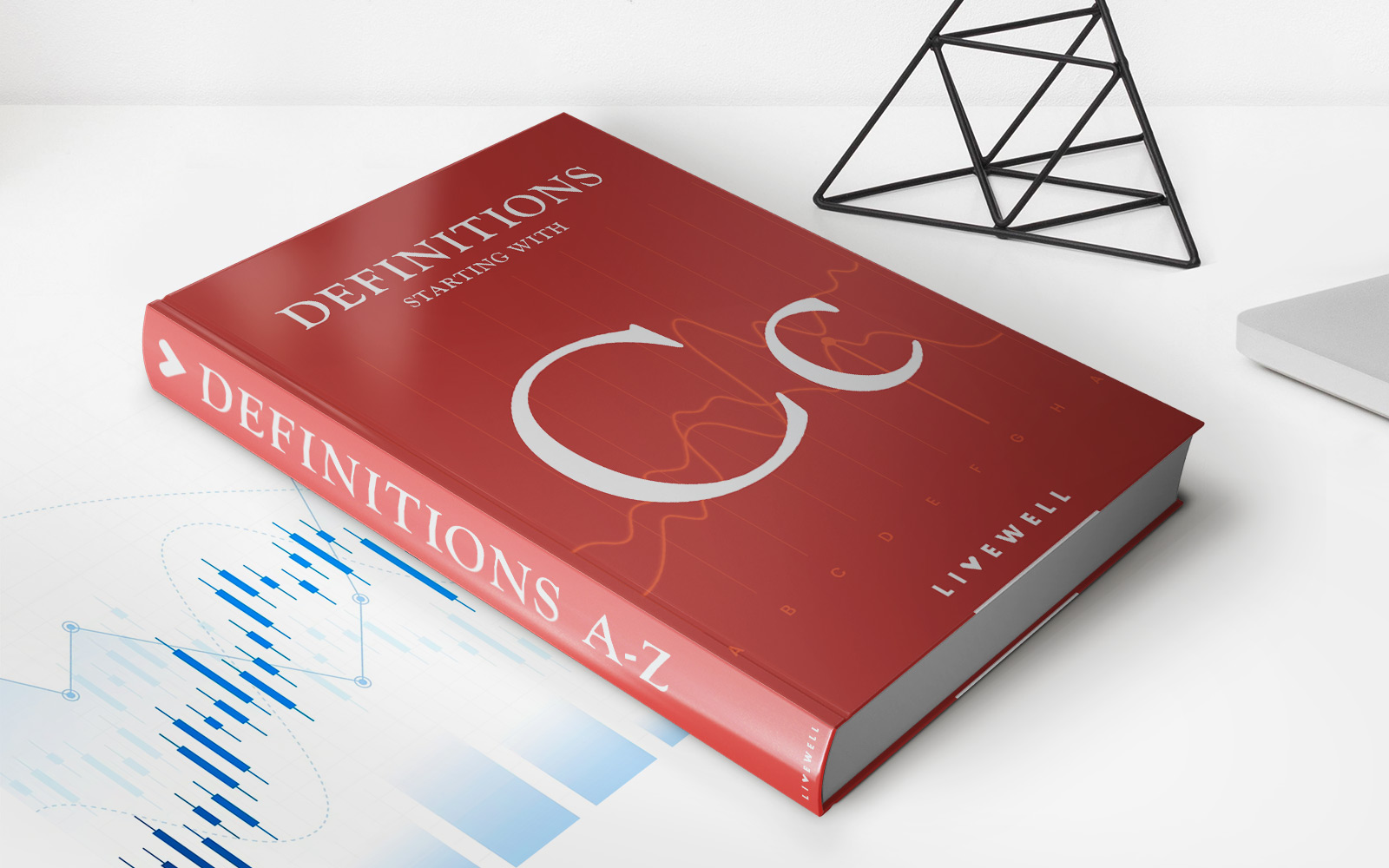

Finance
Constant Default Rate (CDR): Definition, How They Work, And Risks
Published: November 1, 2023
Learn about the constant default rate (CDR) in finance. Discover its definition, how it works, and the risks associated with it.
(Many of the links in this article redirect to a specific reviewed product. Your purchase of these products through affiliate links helps to generate commission for LiveWell, at no extra cost. Learn more)
Unlocking the Secrets of Constant Default Rate (CDR): A Comprehensive Guide
Welcome to the world of finance, where complex concepts abound. Today, we’ll be diving into the fascinating realm of Constant Default Rate (CDR) and shedding light on its definition, functionality, and potential risks. So, grab your financial compass and join us as we embark on this enlightening journey.
Key Takeaways:
- CDRs are a crucial metric used in analyzing and predicting the risk associated with mortgage-backed securities.
- They provide valuable insights into the expected default rate of a pool of loans and assist investors in making informed decisions.
Now, let’s begin by understanding what a Constant Default Rate (CDR) is. In simple terms, CDR is a measurement used to assess the projected percentag,e or the likelihood, of loans defaulting within a given time frame. This metric is particularly vital in the analysis of mortgage-backed securities (MBS) as it helps evaluate the potential risks associated with investing in these complex financial instruments.
Now that we have defined CDR, let’s explore how it works. The calculation of CDR involves analyzing historical data and calculating the percentage of loans within a pool that have defaulted over a specific period. This data is then used to estimate the probability of future defaults. CDRs are commonly analyzed on a monthly or annual basis.
By employing CDRs, investors can gain crucial insights into the performance and stability of mortgage-backed securities, enabling them to make informed investment decisions. CDRs provide a snapshot of the level of risk associated with a particular pool of loans, allowing investors to assess the potential impact on their investments.
However, it’s important to recognize that CDRs come with their fair share of risks. Here are some potential drawbacks to consider:
- Market Volatility: CDRs are not foolproof and can be affected by sudden market fluctuations and changes in economic conditions.
- Data Accuracy: The accuracy of CDRs heavily relies on the quality and reliability of the underlying loan data used for calculations.
- Prepayment Risks: CDRs may not accurately account for prepayments, which can impact the overall default rate of a pool of loans.
- Unforeseen Events: CDRs may not factor in unforeseen events such as natural disasters or economic crises, which can significantly affect default rates and loan performance.
Despite these risks, CDRs remain a valuable tool for investors and financial analysts alike. They assist in assessing the risk associated with mortgage-backed securities and other similar investments, allowing for a more informed decision-making process.
As we wrap up this enlightening guide to Constant Default Rates (CDRs), we hope you now have a clearer understanding of this essential metric and its significance in the world of finance. By incorporating CDR analysis into your investment strategy, you can better navigate the complex landscape and enhance your chances of financial success.

